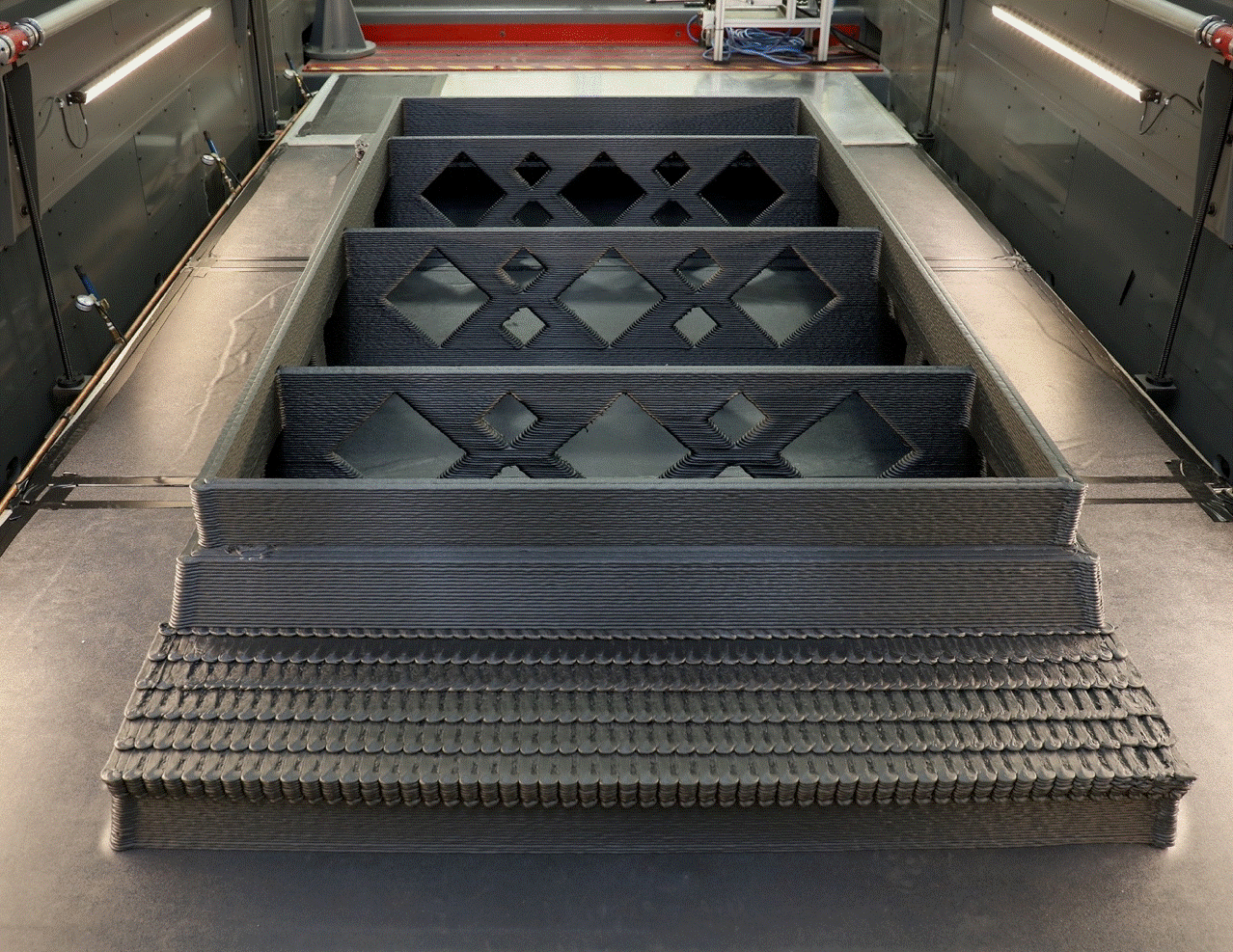
Filter News
Area of Research
- (-) Biological Systems (2)
- (-) Building Technologies (1)
- (-) National Security (6)
- Advanced Manufacturing (22)
- Biology and Environment (52)
- Clean Energy (100)
- Computer Science (3)
- Fusion and Fission (4)
- Fusion Energy (1)
- Materials (40)
- Materials for Computing (8)
- Neutron Science (17)
- Nuclear Science and Technology (5)
- Quantum information Science (9)
- Supercomputing (36)
News Topics
- (-) 3-D Printing/Advanced Manufacturing (3)
- (-) Bioenergy (5)
- (-) Quantum Science (1)
- Advanced Reactors (1)
- Artificial Intelligence (12)
- Big Data (6)
- Biology (5)
- Biomedical (3)
- Biotechnology (1)
- Buildings (4)
- Chemical Sciences (2)
- Climate Change (5)
- Computer Science (20)
- Coronavirus (2)
- Cybersecurity (19)
- Decarbonization (2)
- Energy Storage (2)
- Environment (5)
- Exascale Computing (1)
- Frontier (1)
- Fusion (1)
- Grid (6)
- High-Performance Computing (4)
- Machine Learning (12)
- Materials (2)
- Materials Science (3)
- Nanotechnology (1)
- National Security (35)
- Neutron Science (4)
- Nuclear Energy (5)
- Partnerships (5)
- Physics (1)
- Security (11)
- Simulation (1)
- Summit (2)
- Sustainable Energy (5)
- Transportation (2)
Media Contacts

Oak Ridge National Laboratory scientists identified a gene “hotspot” in the poplar tree that triggers dramatically increased root growth. The discovery supports development of better bioenergy crops and other plants that can thrive in difficult conditions while storing more carbon belowground.

Craig Blue, Defense Manufacturing Program Director at the Department of Energy’s Oak Ridge National Laboratory, was recently elected to a two-year term on the Institute for Advanced Composites Manufacturing Innovation Consortium Council, a body of professionals from academia, state governments, and national laboratories that provides strategic direction and oversight to IACMI.

A partnership of ORNL, the Tennessee Department of Economic and Community Development, the Community Reuse Organization of East Tennessee and TVA that aims to attract nuclear energy-related firms to Oak Ridge has been recognized with a state and local economic development award from the Federal Laboratory Consortium.

How an Alvin M. Weinberg Fellow is increasing security for critical infrastructure components

Tackling the climate crisis and achieving an equitable clean energy future are among the biggest challenges of our time.

ORNL scientists had a problem mapping the genomes of bacteria to better understand the origins of their physical traits and improve their function for bioenergy production.

Deborah Frincke, one of the nation’s preeminent computer scientists and cybersecurity experts, serves as associate laboratory director of ORNL’s National Security Science Directorate. Credit: Carlos Jones/ORNL, U.S. Dept. of Energy
![Coexpression_hi-res_image[1].jpg Coexpression_hi-res_image[1].jpg](/sites/default/files/styles/list_page_thumbnail/public/Coexpression_hi-res_image%5B1%5D_0.jpg?itok=OnLe-krT)
While studying the genes in poplar trees that control callus formation, scientists at Oak Ridge National Laboratory have uncovered genetic networks at the root of tumor formation in several human cancers.

The construction industry may soon benefit from 3D printed molds to make concrete facades, promising lower cost and production time. Researchers at Oak Ridge National Laboratory are evaluating the performance of 3D printed molds used to precast concrete facades in a 42-story buildin...


